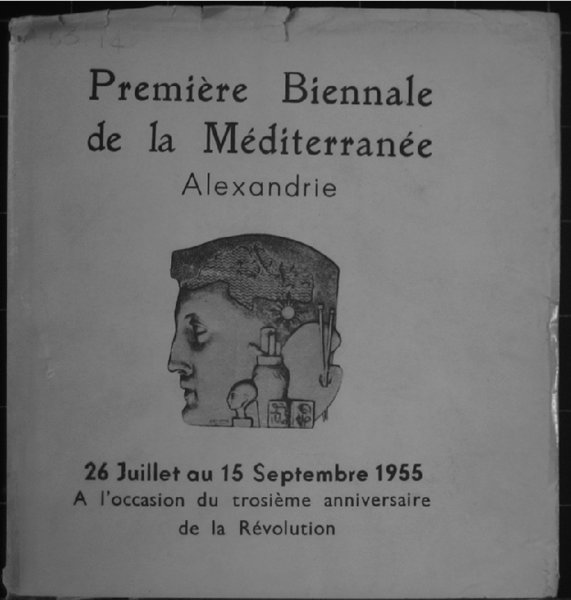3 1986: The South and the Edges of the Global
Exhibitions in this chapter: The Second Bienal de La Habana (Havana, Cuba, 1986)
Introduction: Origin Stories
The Bienal de La Habana was founded in 1984 as a survey of art from Latin America and the Caribbean. But in 1986 and then again in 1989 its remit was progressively broadened to include artists from further afield, from Africa, the Middle East, and Asia. For Gerardo Mosquera, one of the Bienal's curatorial leaders, the remodelings created a new, international axis of artistic exchange among cultures that were not aligned to the First or the Second Worlds.1 But, as we shall show in this chapter, this was not exactly new. The Bienal de La Habana was the latest in a long series of concerted attempts by cultural institutions to challenge the US–USSR binary of Cold War antipathy that froze other regions out. These exhibitions for the most part refused to align with that binary, instead seeking other modes of exchange along South–South artistic axes. The focus of this chapter is therefore on the South–South history of biennials preceding those in Havana in the decades prior to the 1980s.

Figure 3.1 Cover of Première Biennale de la Méditerranée Alexandrie, exhibition catalogue, curators Hussein Sobhi et al. (Alexandria: Museum of Fine Arts, 1955). Photo Anthony Gardner.
Such alliances of the “non-aligned” were endeavors to generate ...
Get Biennials, Triennials, and Documenta now with the O’Reilly learning platform.
O’Reilly members experience books, live events, courses curated by job role, and more from O’Reilly and nearly 200 top publishers.

